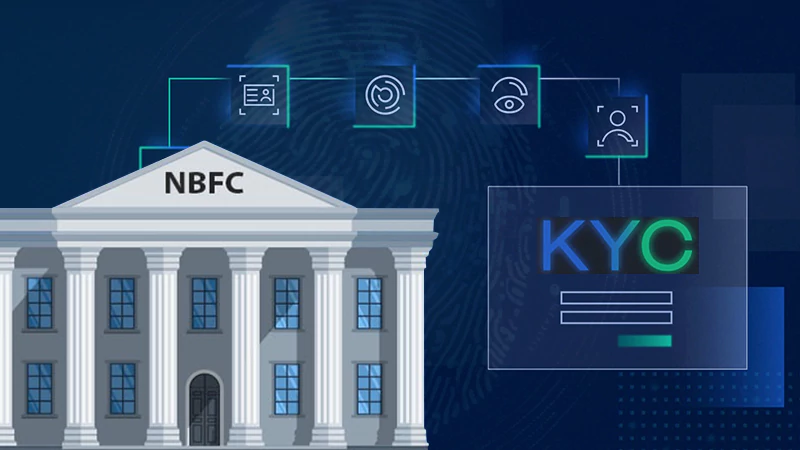Reverse Mortgages and Long-Term Care Financing
For older individuals, the need for long-term care (LTC) is a rising concern that causes serious stress. The expenses associated with long-term care, such as nursing homes or assisted living services, can be substantial, often running into thousands of dollars each month.
Luckily, for homeowners aged 62 and older, a financial product such as a reverse mortgage, might provide a practical solution to help shoulder these costs. With such a financial tool, homeowners over the age of 62 can ensure their golden years are, in fact, golden, not stressful.
In addition, as statistics show that the American population is growing older, it’s well worth knowing how older adults can ensure they live prosperous lives without having to rely on windfalls from friends or family.
This guide aims to unravel the complexities of reverse mortgages, examine their suitability for financing long-term care, and present a balanced view of their benefits and drawbacks.

What is a Reverse Mortgage?
The reverse mortgage loan option is available to homeowners aged 62 or older, allowing them to convert part of their home equity into cash. Unlike a conventional mortgage, where the homeowner repays the lender on a monthly basis, a reverse mortgage doesn’t require monthly payments.
The loan balance grows over time due to accrued interest and is typically repaid when the homeowner either sells the home, permanently moves out, or passes away. There are different types of reverse mortgages that can appeal to certain individuals more, including:
- Home equity conversion mortgage (HECM). This is the most popular type and is insured by the Federal Housing Administration (FHA). This type of mortgage has no income or credit requirements, and homeowners can choose various payment options, including a lump sum, monthly payments, or a line of credit.
- Proprietary reverse mortgages. These are private loans offered by financial institutions and are not insured by the federal government. They are typically designed for homeowners with high-value homes who want to borrow more than the HECM limit.
- Single-purpose reverse mortgages. These are offered by some state and local government agencies or nonprofit organizations. The funds from these loans can only be used for a specific purpose, like home repairs or property taxes.
Reverse mortgages can be an invaluable resource for seniors who need to finance long-term care expenses. By leveraging the equity in their homes, homeowners can access funds necessary to cover costs associated with nursing homes, assisted living facilities, or in-home care services.
A homeowner can receive a lump sum payment from the reverse mortgage. This sum can be used to cover upfront long-term care expenses or to purchase long-term care insurance. Alternatively, homeowners can elect to receive steady monthly payments. This creates a consistent income stream that can be used to meet ongoing long-term care costs.
And on top of that, homeowners have the opportunity to establish a line of credit with the reverse mortgage. This allows them to draw funds as needed to pay for long-term care services, providing a flexible financing solution.

Pros and Cons of Using a Reverse Mortgage for Long-Term Care Financing
Pros
Homeowners are not required to make any monthly payments on a reverse mortgage, which allows them to preserve their cash flow for other expenses. In addition, the funds from a reverse mortgage are typically not considered taxable income, which can be beneficial for seniors on a fixed income.
With a reverse mortgage, homeowners can choose from various payout options and decide on the one that best suits their specific long-term care financing needs. Homeowners will also be able to continue to own their homes and can live there if they comply with the loan terms, such as maintaining the property and paying property taxes and insurance.
Cons
Reverse mortgages come with various fees and closing costs, which can be significant. In addition, as the loan balance grows due to interest, the homeowner’s equity in the home decreases over time. If the homeowner fails to meet the loan conditions, such as paying property taxes and insurance or maintaining the home, the lender could foreclose on the property.
Also, after the homeowner’s death, the heirs will have to repay the loan, typically by selling the home. If the loan balance exceeds the home’s value, the heirs will not inherit the property.
A key consideration is that reverse mortgage rules stipulate that the borrower must not reside elsewhere, such as a nursing home or assisted living facility, for over 12 consecutive months. At the 12-month point, the reverse mortgage would have to be repaid, most likely by selling the home.
Conclusion
Navigating the financial landscape of long-term care can be a daunting endeavor for many seniors. A reverse mortgage, available to homeowners aged 62 and older, presents a viable solution to this challenge. By converting home equity into cash, it provides a lifeline to cover substantial long-term care expenses.
However, as with any financial decision, a reverse mortgage should be carefully considered. That’s why it’s important to weigh its benefits against potential drawbacks, so you can make an informed decision that will be in your best interest.
Follow Us
Latest Post
















